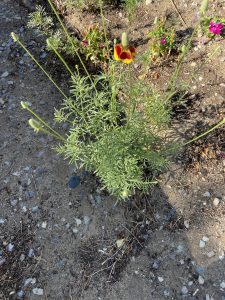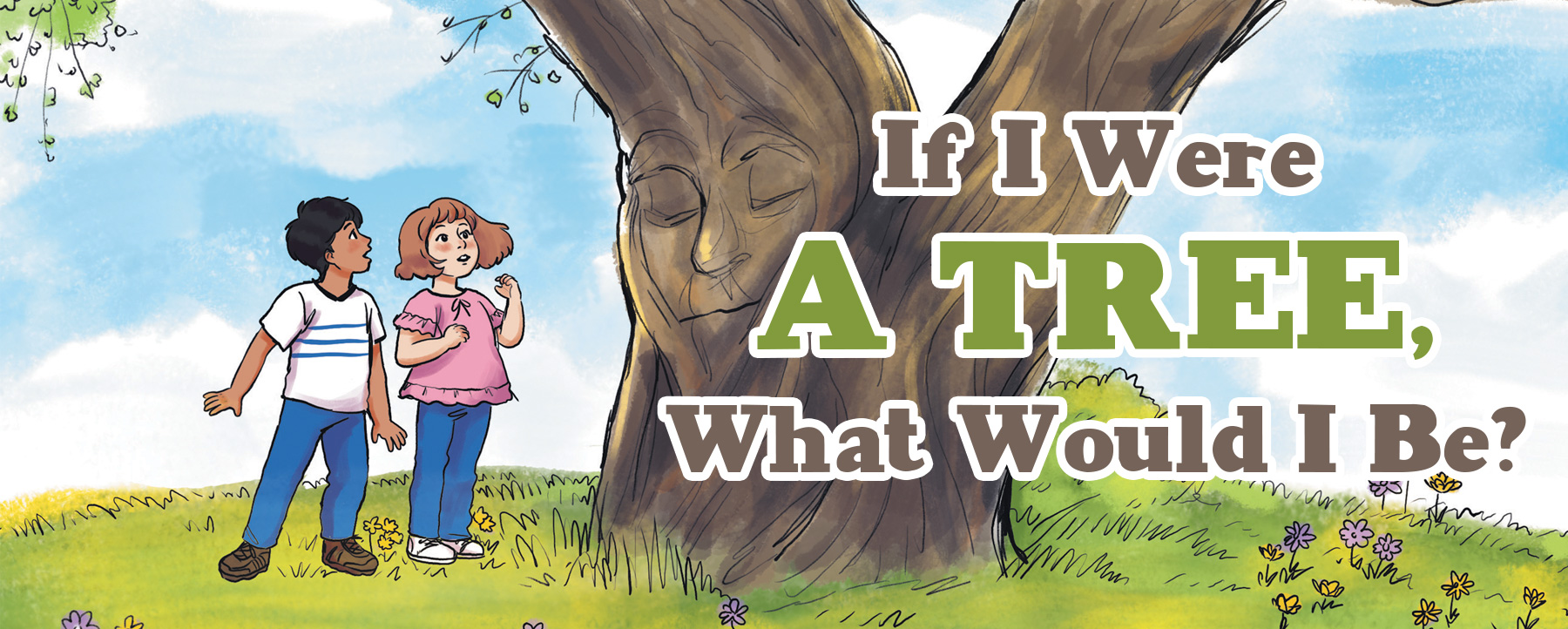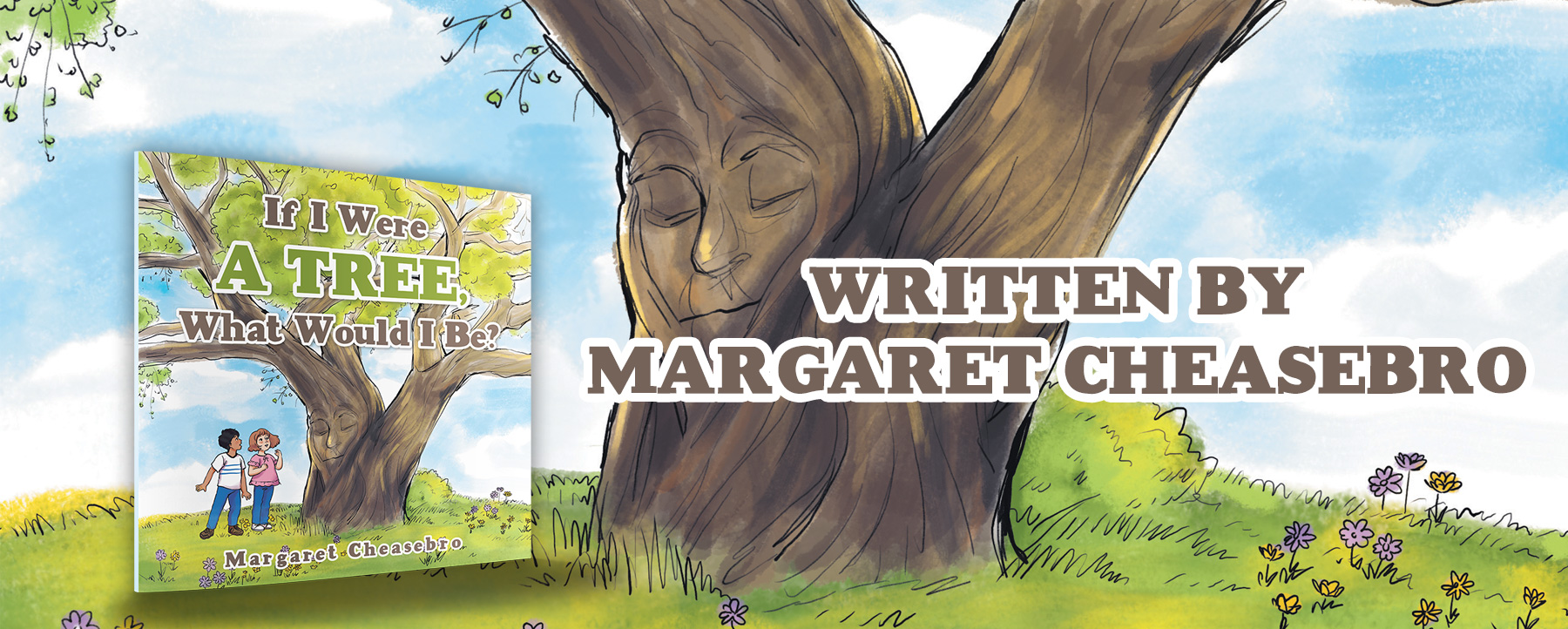
Prairie coneflower has a small, pretty bloom
Six years ago, when I moved to the house where I now live, I found several plants I couldn’t identify in flower beds on one side of my cement driveway. One of them had small petals tinged red on the inside and yellow on the outer edges. The petals grew around a center cone that stood about half an inch tall and looked like a tiny ear of corn without the kernels. Every year I enjoyed watching for its flowers to bloom. Then it started to spread – and spread – and spread. I spent lots of time trying to keep it contained. It didn’t want to stay just in the flowerbed. It multiplied fast!
Finally, after four years of unsuccessfully trying to control the plant’s growth, I decided to get rid of it. Every time a new plant sprouted, I pulled it up, but the plants kept spreading. Finally, when I found a new plant, I used a spade to dig out as much of the root as I could find.
By the end of that summer, I was confident that I had gotten rid of the flower. Last year, my fifth year in this house, the plant seemed to be gone. I heaved a sigh of relief. It had taken a lot of work to keep it from taking over my flowerbeds.
This year, in a flowerbed about eight feet away from where the plant had been growing, I saw a little sprout that looked sort of like a marigold. I decided to let it grow. If it wasn’t a marigold, I could pull it up.
The bigger it grew, the more I knew it was not a marigold. But I was curious to see what kind of flower it turned out to be.
When the flower finally bloomed, it had small petals tinged red on the inside and yellow on the edges with a center cone. That pesky plant had found a way to return! I used my new Picture This app to identify it. It is called a prairie coneflower. It is part of the aster family, and it is also known as a Mexican hat. Its scientific name is ratibida columnifera.
It’s not considered a weed, but the app cautioned that if you grow it, you need to keep a close eye on it to make sure it doesn’t spread.
I had grown to like the plant, but I didn’t want to battle its tendency to spread, so I knew I couldn’t keep it. Before I pulled it up, I thanked it for being in my yard and explained why it couldn’t stay there.
When I pulled up the plant, it had lots of roots, some of which remained in the soil. A black furry bee circled and circled and circled the plant, as though it didn’t want to part from it. With a sigh, I gently dropped the prairie coneflower into my garbage cart.
It is a hardy plant. If you have trouble growing flowers in your soil, try the prairie coneflower. It will probably flourish and multiply.


